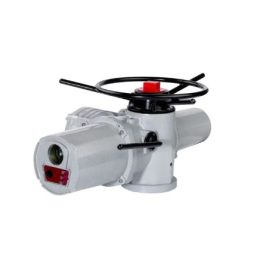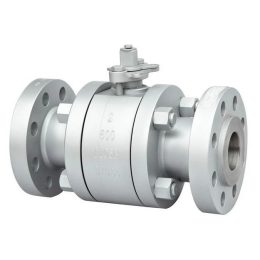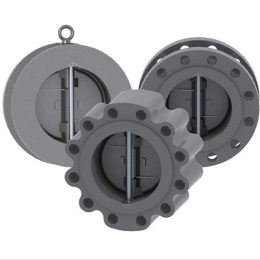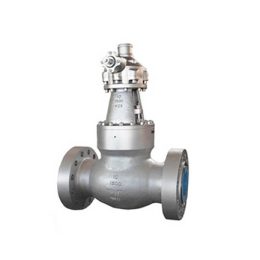The Importance of Maintenance During Valve Operation
Valve maintenance is crucial in ensuring the efficient and proper functioning of the valve during operation. This article outlines the importance of maintenance and the steps to be taken to keep the valve clean, well-lubricated, and functioning correctly.
Cleaning of the Valve
Dirt, oil, and other residues tend to accumulate on the surface of the valve and its moving parts such as the valve stem nut, sliding part of the valve stem nut and bracket, gears, and worm gears. Such accumulation leads to wear and corrosion, which can negatively impact the valve’s functionality. Therefore, regular cleaning of the exterior and moving parts of the valve is essential in protecting the valve’s integrity. Brushing and compressed air blowing are suitable for removing dust from the valve. Wiping with a rag is suitable for removing trapezoidal thread and dirt between the teeth. Steam blowing or brushing with copper wire is ideal for removing oil and medium residues. The trap should be inspected at least once per shift, and the flush valve and the plug at the bottom of the trap should be opened regularly for flushing.
Lubrication of the Valve
Lubrication is necessary to reduce mutual friction and wear among the moving parts of the valve. Valve trapezoidal thread, valve stem nut and sliding parts of the bracket, bearing parts, gear and worm gear, worm meshing parts and other coordinated movable parts, all require good lubrication conditions. Lubrication parts should be regularly refueled according to specific conditions. Organic oil, butter, molybdenum disulfide, graphite, etc., are suitable lubricants. High-temperature valves are not suitable for oil and butter. Molybdenum disulfide and graphite powder are preferred for lubrication, as they do not attract dust and have a better lubricating effect than butter. Graphite powder can be used in paste form with a little oil or water. The oil-filled plug valve should be filled with oil according to the specified time to prevent wear and leak.
Maintenance of the Valve
All valve parts should be complete and intact during operation. The bolts on the flange and bracket are indispensable, and the threads should be intact with no looseness. The tightening nut on the handwheel should be tightened in time if it is found to be loose to avoid wearing the connection or losing the handwheel and nameplate. The packing gland should not be skewed or have no pre-tightening gap. Valves in environments contaminated by rain, snow, dust, sand, and other dirt should have a protective cover on the valve stem. The ruler on the valve should be complete, accurate, and clear. The lead seals, caps, and pneumatic accessories of the valve should be complete and intact, with no dents or cracks in the insulation jacket. Avoid knocking, standing, or supporting heavy objects on the valve in operation, particularly non-metal valves and cast iron valves.
By following the outlined maintenance procedures, the valve’s efficiency and longevity can be assured.
Conclusion
In conclusion, maintenance during the operation of the valve is essential in ensuring that the valve functions correctly. Regular cleaning, lubrication, and maintenance of the valve are necessary to prevent wear, corrosion and ensure the longevity of the valve. By following the outlined procedures, the valve’s efficiency and longevity can be assured, leading to increased productivity and reduced costs.
Finally, it is important to note that proper maintenance of the valve should be carried out by qualified personnel to ensure that the procedures outlined in this article are correctly implemented.
- Casted Trunnion Ball Valve
- How Swing Check Valves are Tested and Inspected: A Comprehensive Guide
- Choosing Reliable Gate Valves: Types & Applications
- Introduction To The Protection Of Valve Corrosion
- The Advantages of Pressure Seal Valves in High-Pressure Systems: A Comprehensive Guide
- Forged Gate Valve



